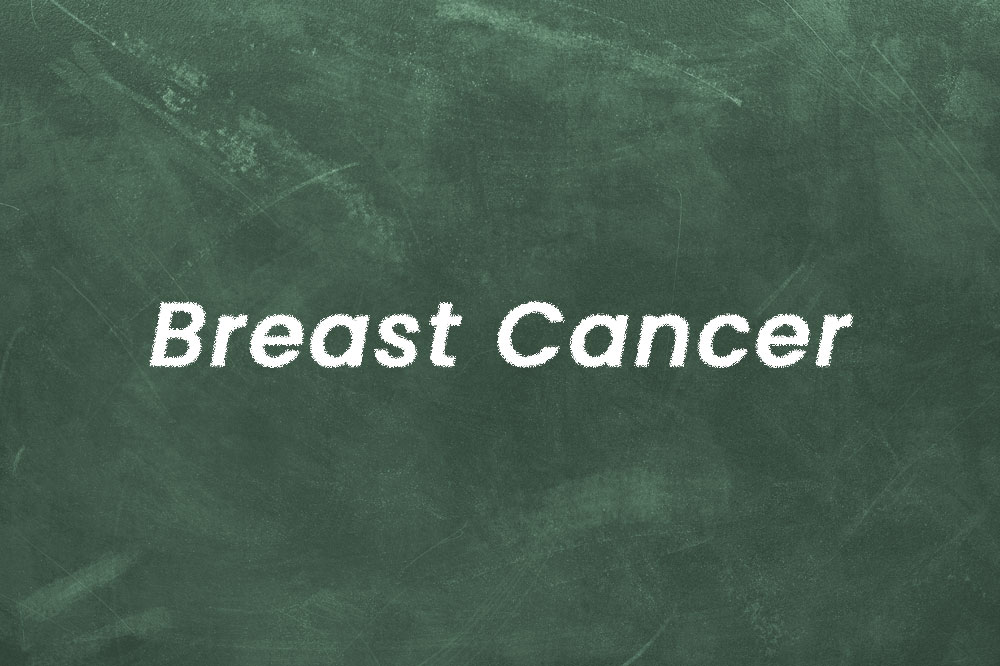
Breast cancer – Types, risk factors, symptoms, and diagnosis explained
Breast cancer is one of the most common types of cancer, diagnosed among 1 in 3 women in the country. The cancer can be aggressive and invade surrounding tissue or in many cases, develop as a benign tumor. There are several risk factors that impact its progression. But it is possible to monitor, diagnose, and manage breast cancer from an early stage. The condition presents visible symptoms and changes. Here is a brief overview.
Main types of breast cancer
Breast cancer is normally diagnosed as being ductal or lobular among most women.
Ductal carcinoma in situ (DCIS)
This type of breast cancer occurs when there is a presence of cancerous cells inside a breast’s milk duct. It is a noninvasive cancer, which means that it does not spread to other parts and has low chances of becoming invasive.
Invasive ductal carcinoma and invasive lobular carcinoma
These are the most common types of breast cancer that spread beyond the milk ducts and lobules, affecting all surrounding tissue.
Risk factors
There are several inherent risk factors that impact and influence the progression of breast cancer.
- Advancing age, as most types of cancer are diagnosed among older women above the age of 50
- Inherited BRCA1 and BRCA2 mutations
- Menstruation at an early age or delayed menopause also increase the risk of developing this cancer
- A family history of breast and ovarian cancer greatly increases the risk
- Side effects of radiation therapy done to overcome other health complications
- Exposure to certain prescriptions to previously prevent miscarriages can lead to mutations that increase the risk of cancer
- Leading a more sedentary lifestyle can increase the risk
- Certain reproductive problems like late pregnancy, not breastfeeding, or early labor also increase the risk of breast cancer as there are hormonal changes that impact immunity
- Regular consumption of unhealthy substances also affects overall health and increases the risk of breast cancer.
Known and visible symptoms of breast cancer
Unlike other cancers wherein early symptoms might not be visible, breast cancer can be diagnosed due to these signs.
- A visible lump on the breasts or under the armpits could indicate mutation
- Experiencing persistent irritation, visible redness, and flaky skin around the nipples
- Pain and bloody discharge from the nipples
- Changes in the contour and size of either breast that makes it look unusual.
One should understand that breasts cannot be perfectly symmetrical in shape or size. But these changes are abrupt and clearly stand out. Immediate medical intervention is suggested to confirm the type of breast cancer.
Diagnosis
Doctors usually perform a series of imaging and biopsy tests to confirm if the cancer is benign or if it is invasive. Annual diagnostics are usually suggested for women above the age of 40 as a preventive measure. An early diagnosis helps doctors formulate effective treatment plans and manage the cancer. Mammograms and a breast ultrasound can provide imaging that confirms the presence of cancerous tumors developing in the tissue. In some cases, to further confirm the extent of aggressive tumors, doctors order an MRI or breast tissue biopsy. A biopsy gives a more detailed understanding of the type of cancer.
Once diagnosis confirms the cancer, doctors explore treatment options that are both surgical and minimally invasive. These include lumpectomy, mastectomy, dissection, radiation therapy, chemotherapy, and even hormone therapy to improve the patient’s outlook.




